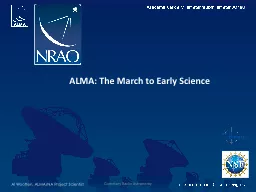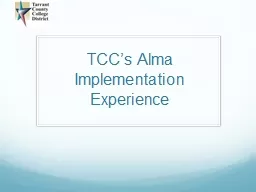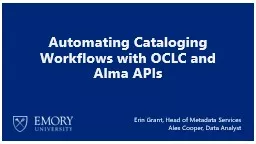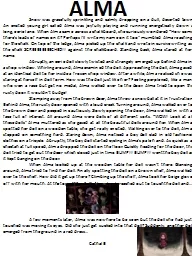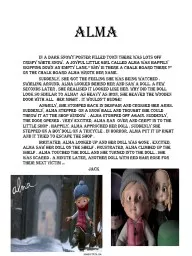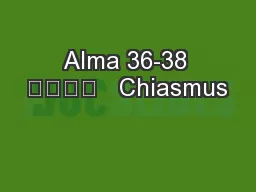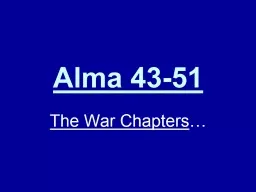PPT-ALMA: The March to Early Science
Author : marina-yarberry | Published Date : 2016-03-05
Al Wootten ALMANA Project Scientist Cometary Radio Astronomy The push to Early Science ALMA is pushing to issue a Call for Early Science Proposals around the end
Presentation Embed Code
Download Presentation
Download Presentation The PPT/PDF document "ALMA: The March to Early Science" is the property of its rightful owner. Permission is granted to download and print the materials on this website for personal, non-commercial use only, and to display it on your personal computer provided you do not modify the materials and that you retain all copyright notices contained in the materials. By downloading content from our website, you accept the terms of this agreement.
ALMA: The March to Early Science: Transcript
Download Rules Of Document
"ALMA: The March to Early Science"The content belongs to its owner. You may download and print it for personal use, without modification, and keep all copyright notices. By downloading, you agree to these terms.
Related Documents

